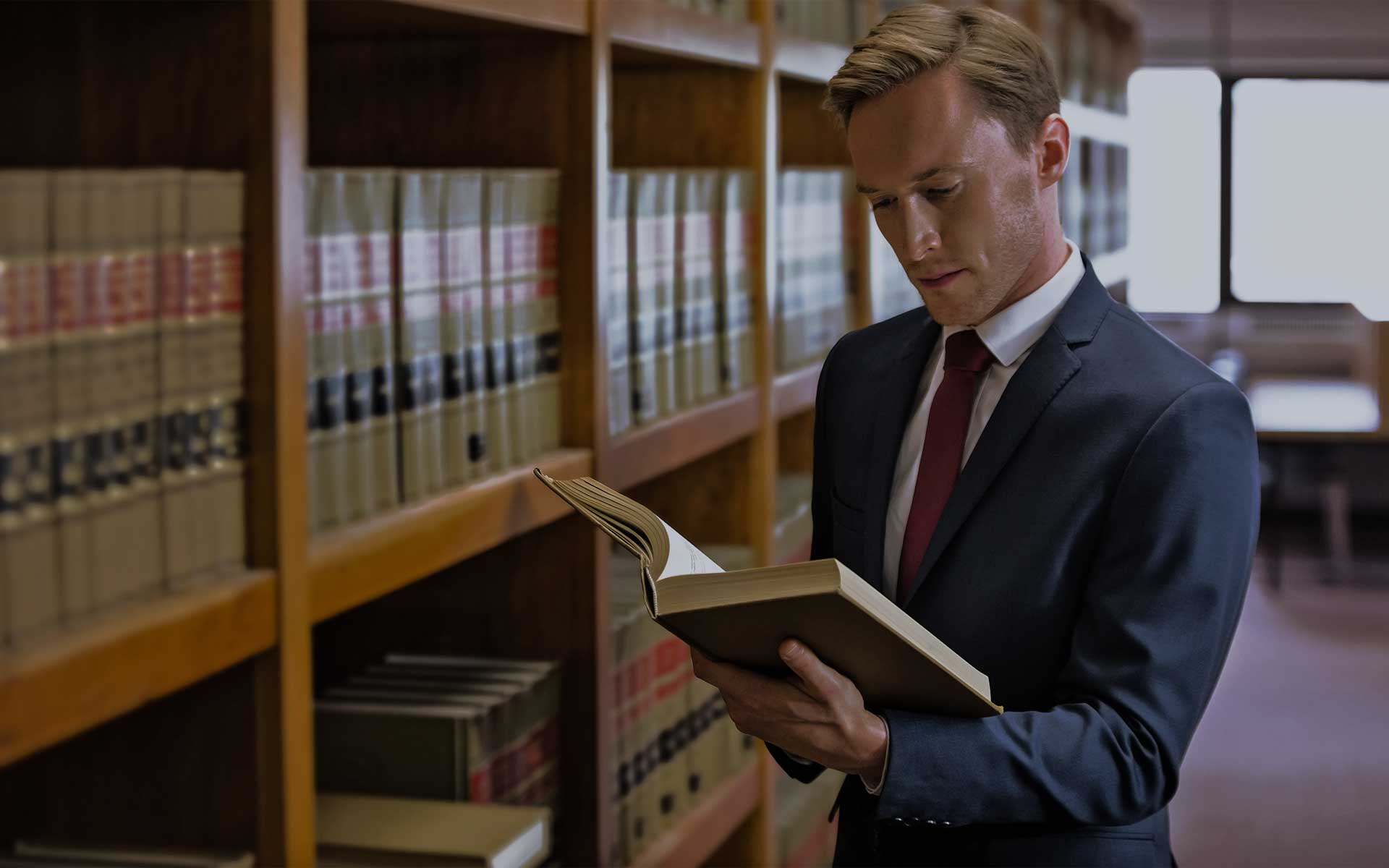Time to Wake Up: Stakeholders Must Compromise to Save the U.S. Patent System

Things are bad for many innovators and there is little hope for improvement on the foreseeable horizon. Despite the best efforts of Senator Thom Tillis (R-NC) and Senator Chris Coons (D-DE), efforts to reform America’s patent system for the better have stalled to the point that the Senate IP Subcommittee is moving on from patent matters and will focus on copyright reform throughout 2020.
“Given the reasonable concerns that have been expressed about the draft as well as the practical realities of the difficulty of passing legislation, absent stakeholder consensus I don’t see a path forward for producing a bill—much less steering it to passage—in this Congress,” Senator Tillis told the Intellectual Property Owners Association in an interview published earlier today.
Sources tell IPWatchdog that it is not inconceivable that the Subcommittee will steer back toward patent issues – namely patent eligibility reform – but disagreement among the interested constituencies has shelved any hope for patent eligibility reform. Shockingly, the disagreement that has shelved the long-awaited legislative fix for 35 U.S.C. 101 is among those who support reform. It seems the various constituencies that want 101 reform have their own demands and – if you can believe it – would prefer no change to a change that doesn’t give them 100% of what they are seeking.
“I’d encourage all stakeholders to work with Senator Coons and me to develop a consensus driven approach,” Tillis told IPO. “If we’re going to get anything done on this issue, everyone will have to compromise. Anything less than that is dead on arrival.”
112(f) Is a Better Problem to Have
One of the major stumbling blocks, if not the major stumbling block, centers around the somewhat archaic claiming practice known as means-plus-function claiming, which is authorized by 35 U.S.C. 112(f). Under 112(f), patent owners can claim their inventions in terms of their function instead of their structure but using this claim technique is not without risk and consequence. The resulting claims are limited to the invention disclosed in the patent application – nothing more. And in recent years the United States Court of Appeals for the Federal Circuit has expanded its interpretation of what qualifies as invoking “means treatment” and thereby limiting claims.
The concern by stakeholders who want a legislative fix for 35 U.S.C. 101 is that the proposed amendment to 35 U.S.C. 112 will simply move rejections and invalidity arguments from 101 to 112.
While the concern that rejections and invalidity arguments would shift from 35 U.S.C. 101 to 35 U.S.C. 112 is not without merit, it is incomprehensible to stonewall willing partners in the Senate want to move a legislative fix for 101. Supporters of patent eligibility reform are forfeiting a rare opportunity. Sure, those who challenge patents will shift their arguments from 101 to 112, but that will require a full, fair and complete claim construction, which does not happen when federal district courts merely divine what the patent claim is directed to and whether it is inventive without any consideration of prior art or the prosecution history, or many times even the specification as a whole.
While I would prefer a retreat from the Federal Circuit’s decision in Williamson v. Citrix, which only muddied the waters on what may be interpreted as means-plus-function, for goodness sake, we need 101 reform! Yes, the proposed language inserted into the 101 legislative fix relating to 112 caught people by surprise, but is the language of the proposed 112 (f) anything other than a fair representation of what Williamson already says and is currently the law?
The 112(f) proposal reads as follows:
(f) Functional Claim Elements — An element in a claim expressed as a specified function without the recital of structure, material, or acts in support thereof shall be construed to cover the corresponding structure, material, or acts described in the specification and equivalents thereof.
A fair reading of this proposed, amended 112(f) language says that if the invention is not disclosed in the specification filed then it cannot be claimed. That sounds pretty reasonable, and why it is not reasonable will be practically impossible to explain to those not steeped in patent history and layered with strategic claiming nuance. That is just reality.
It is true that the problem is with how patent examiners and the Federal Circuit have somehow interpreted real structure as an expression of function and not a recital of structure, but that is a problem with the frontline decision maker (i.e., patent examiner) and the courts (i.e., Federal Circuit), not with the proposed language of 112(f). Fighting on this linguistic ground and allowing the fate of 101 reform to hang in the balance is misguided.
Yes, Williamson changed things rather dramatically, and in a perfect world we would be discussing its repeal, but let us not forget that we are presently living in a world where an electric vehicle charging station, an MRI machine and a garage door opener are all abstract. We are also living in a world where the Federal Circuit has begged the Supreme Court to reconsider the patent ineligibility of medical diagnostics and the Supreme Court has time and time again refused, most recently denying certiorari in Athena Diagnostics, Trading Technologies, and Chargepoint. 35 U.S.C. 101 must be fixed.
It’s Pretty Basic
The purpose of a patent system is to foster innovation. As Abraham Lincoln explained so well it is to fuel the creative genius of inventors by giving them a motivation to not only invent, but to keep inventing over and over again. Without ownership in the underlying invention rights it is impossible for inventors to spend the time to invent. It is pretty basic and should be easy to understand for anyone with a job. If you cannot get paid to do what you want to be doing, you unfortunately have to do less of that thing so you can be productive and make money so you can provide basic necessities like food, water and shelter.
Of course, the purpose of the patent system is more than just to foster the inventor and to give the inventor the means and motivation to invent. Without ownership in the underlying invention rights there is no investible asset for investors. Again, pretty basic. Without investment it is impossible to commercialize and take inventions to market. Even a simple kitchen gadget will take several hundred thousand dollars to get to market all-in, perhaps more. So, how much do high-tech innovations cost? How much do life-saving inventions cost? Many millions. Sometimes billions.
When the courts rule that something is not patent eligible, it is not investible because of the free rider problem. If investors were to spend hundreds of thousands, millions or billions, whatever the amount may be depending upon the invention, a well-funded competitor could simply swoop in and copy everything once the pioneer created the market – which is extremely expensive – and has ironed out all the engineering kinks – which again is extraordinarily expensive. Without the need to pay those marketing and R&D costs the copycat can and does sell at a lower price point and puts the pioneer out of business. Without ownership, these business and technologies are simply not investible.
A Banana Republic System
Tangible innovations like an electric vehicle charging station simply cannot be patent ineligible. This type of invention is precisely the type that has always been patentable throughout history and is presently patentable elsewhere around the world. Critics will be quick to say that these patents failing for eligibility are written improperly, but how can one be expected to write a patent properly when the rules keep shifting? We are dealing with a Federal Circuit that has actually ruled that no amount of physicality in a claim can save the claim from being abstract and a claim can lack inventiveness even if it is new and nonobvious. If this were a statutory standard it would be hopelessly infirm as ambiguous, vague and wholly unfair to apply to anyone, but because it is an extra-statutory test built upon judicial exceptions the industry is screwed apparently. We will tell you if you got it right after it is too late to fix what you’ve filed. That is the type of standard one expects in a Banana Republic, not the United States.
If America is going to have a patent system, medical diagnostics must be patentable. To suggest otherwise is almost too foolish to deserve a response. A patent system is supposed to not only foster innovation, but innovation that benefits the public. If you cannot diagnose a medical condition you cannot treat it, so as we are screaming with a megaphone that medical diagnostics are not patentable in America, and research institutions like the Cleveland Clinic and St. Jude’s are adjusting their activities accordingly, we are forfeiting the next generation of cures and treatments and medical devices.
Ignorant? Or Wicked?
It would be easy to dismiss as ignorant those who believe patent eligibility is in a good place in America. But ignorant means “lacking knowledge and awareness”, which doesn’t fit. There is something fundamentally unscrupulous and short-sighted about preventing high-tech innovation in the name of free-riding and corporate profits. There is real depravity and wickedness associated with standing in the way of advances in life science that could benefit literally everyone.
It is long since time for everyone to grow up and wake up. The Supreme Court is now and always has been completely clueless with respect to patent matters; they will be no help. As long as those who know reform is necessary demand fixes that are politically infeasible the free-riding copycats win. It is time to play the long game in the same politically astute way the takers have been playing, which means accepting the political solution available and immediately circling back for more, because if the past 15 years have taught us anything it is that Congress is quite willing to listen to overtures on patent reform measures, even if it always takes longer than it should to come to fruition.


